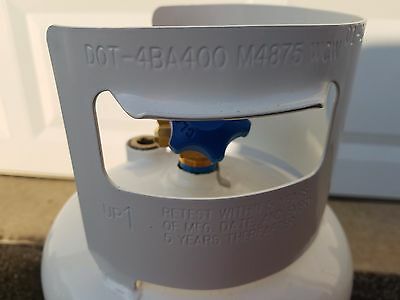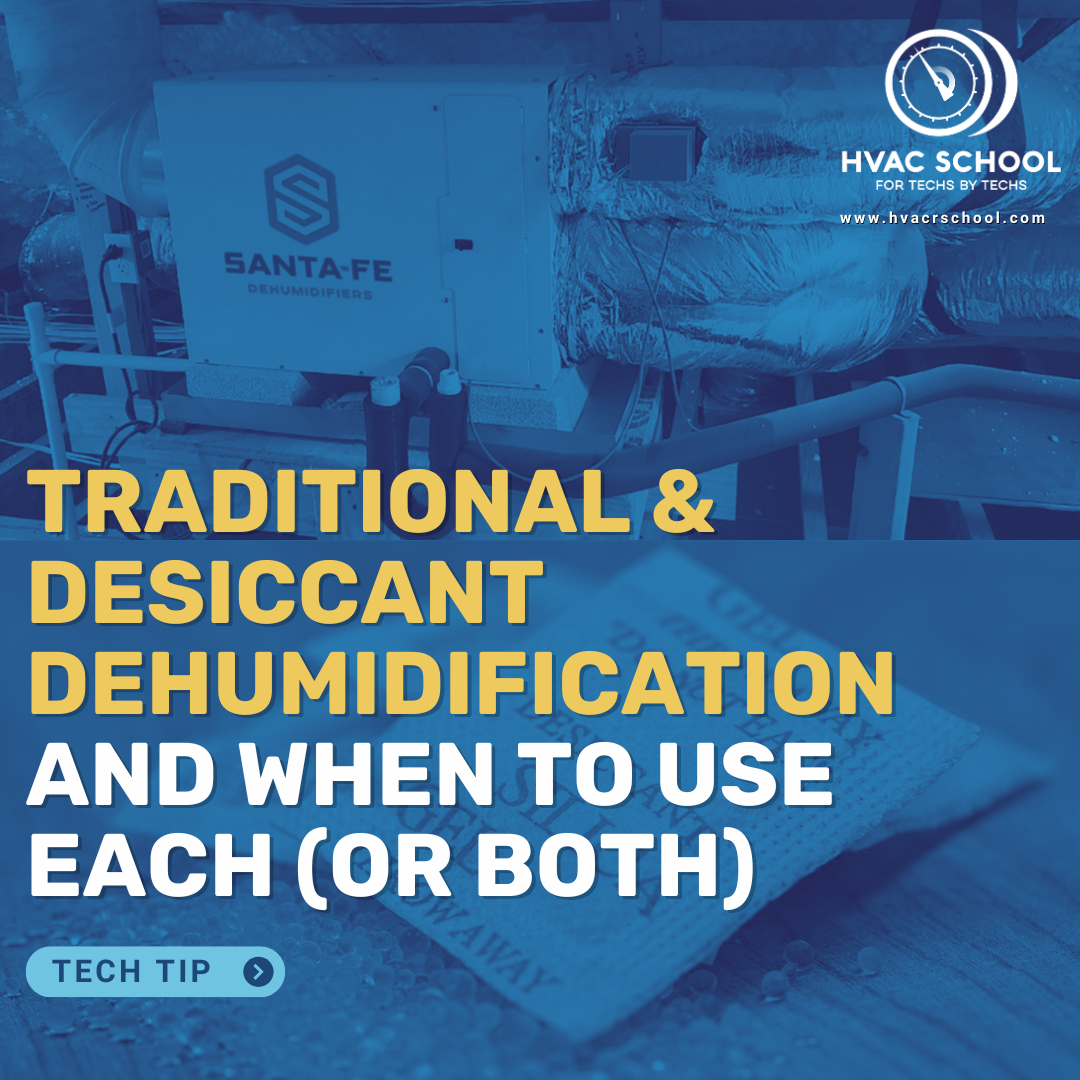Get Tech Tips
Subscribe to free tech tips.
How much PRESSURE is that Recovery Tank Designed For?

Most techs know that you shouldn't fill a recovery tank more than 80% with liquid-based refrigerant. Many know that the WC rating stands for “water capacity.” So, you need to adjust for the density of the actual refrigerant rather than just using 80% of WC.
I hope most of you know that the TW marking stands for “Tare Weight” and tells you the empty weight of the tank. The TW and WC help us determine recovery tank capacity. Filling a recovery tank to the appropriate capacity is easy if you have a calculator, especially one like the HVAC School recovery tank fill calculator (available on the mobile app or on our Calculators page).
But do you know the service pressure your tank is designed for?
Because R-410a is one of the higher-pressure refrigerants in common use today, most modern recovery tanks can handle R-410a pressures. The standard they are built to is called DOT-4BA400; that standard will be stamped on the tank collar. The DOT (Department of Transportation) is the governing body in the USA that has the rule-making and enforcement authority on tanks, tank handling, and tank shipment.
Tanks listed as DOT-4BA400 are designed for a service pressure of 400 PSIG with a test pressure of 800 PSIG. That means that R410a is safe in the tank at a tank temperature of up to 116°F. That equates to 400 PSIG for typical use. However, the tank is tested not to fail until over 800 PSIG.
If a tank has any physical signs of damage, you must take it out of service. Tanks must also be re-certified via hydro-static test and visual inspection from a certified facility every five years.
—Bryan
P.S. – If you're interested in reading more about recovery tank safety, please check out this article we wrote about the topic.
P.P.S. – HERE is a guide to using the HVAC School recovery tank calculator on the mobile app.










Comments
To leave a comment, you need to log in.
Log In